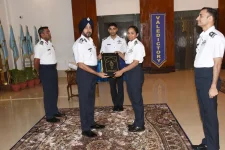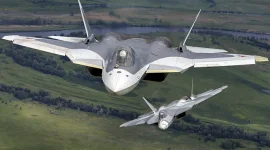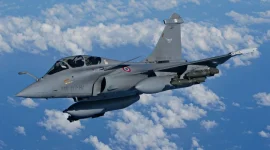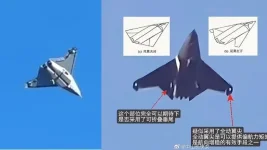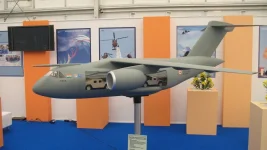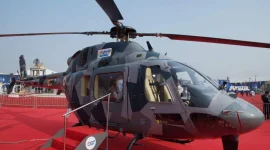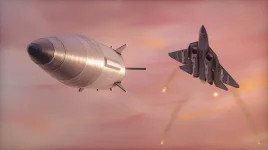- Views: 202
- Replies: 5
The Indian Air Force (IAF) is moving forward with a major proposal to acquire 114 new Rafale fighter jets, a plan that has revived a critical debate about the long-term costs and technological independence of foreign military platforms.
While the IAF has reportedly recommended the procurement to the Ministry of Defence, defence analysts are raising serious concerns about India's ability to equip these advanced aircraft with its own indigenous weapons and systems in a cost-effective and timely manner.
The deal, known as the Multi-Role Fighter Aircraft (MRFA) tender, is one of the largest military acquisition programmes in the world. The French manufacturer, Dassault Aviation, has proposed to build the jets in India with 60% locally sourced components at its facility in Nagpur.
However, experts caution that this offer may not include full access to the jet's core software and hardware, which is essential for integrating Indian-made equipment without foreign assistance.
This situation draws parallels to India's past experience with the French-made Mirage-2000 fleet. The project to upgrade these jets stretched for over nine years, far exceeding its original schedule.
The final cost of modernising each aircraft, which involved fitting them with new electronics and weapon systems, ultimately surpassed the initial price paid to purchase the plane.
This history serves as a cautionary tale about the potential for hidden, long-term costs in foreign defence deals.
The contrast with India's Russian-origin Su-30MKI fleet is stark. For the Su-30MKI, India possesses the crucial source codes and control over the flight software. This access allows Indian engineers to quickly and inexpensively integrate indigenous weapons, such as the BrahMos supersonic cruise missile.
For the Rafale, however, any modification or addition of a new weapon system requires certification and approval from French authorities, a process that often leads to significant delays and added expense.
Should India proceed with the purchase of 114 additional Rafales without securing greater technological control, it risks entering a 40-year cycle of dependency on France for all future upgrades.
This could impede the deployment of critical homegrown systems, including the Astra series of air-to-air missiles and the Rudram anti-radiation missiles.
Every software update or hardware change would likely come with a substantial bill from the original manufacturer, inflating the lifetime cost of the fleet significantly.
Defence analysts argue that for this major acquisition to align with the government's ‘Atmanirbhar Bharat’ policy, it is crucial for New Delhi to negotiate for access to the Rafale's key technologies.
Specifically, this includes the source codes for the aircraft's radar and its Digital Flight Control Computer (DFCC), the electronic brain that manages the plane's flight.
An alternative would be to negotiate the right to install an Indian-developed DFCC, a model that has already proven successful with the Su-30MKI.
The proposed Rafale deal represents a massive investment, with lifetime costs expected to run into tens of billions of dollars. The final decision is not merely about increasing the number of aircraft in the IAF's inventory; it is a defining moment for India's operational sovereignty and strategic autonomy for the next four decades.
While the IAF has an undeniable need to bolster its fighter squadrons, there is a pressing need to avoid repeating the Mirage-2000 scenario of slow and expensive foreign-controlled modernisation.
To ensure the Rafale becomes a truly national asset, India must secure the rights for genuine integration autonomy, or it may face decades of strategic limitations and escalating financial burdens.

